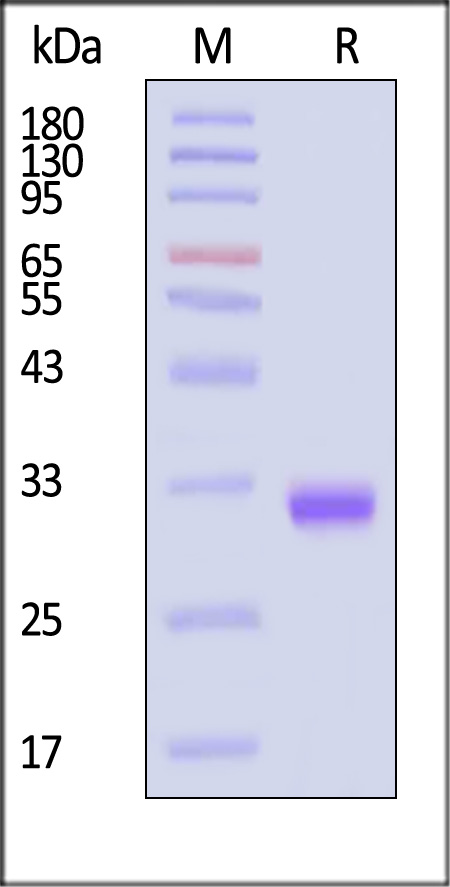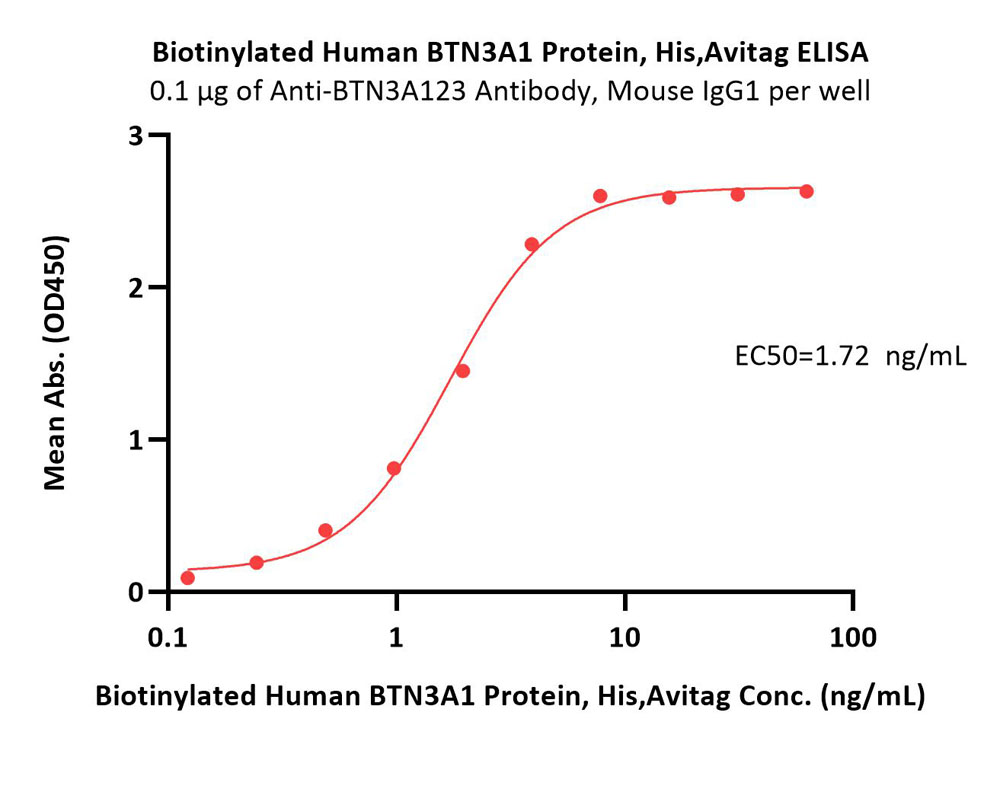Autologous Peripheral Vγ9Vδ2 T Cell Synergizes with αβ T Cell Through Antigen Presentation and BTN3A1 Blockade in Immunotherapy of Cervical CancerWu, Liu, Liu
et alAdv Sci (Weinh) (2025)
Abstract: New treatment strategies are urgently needed for patients with advanced cervical cancer (CC). Here, a synergistic anti-CC effect of a novel combinatorial immunotherapy with adoptively transferred autologous Vγ9Vδ2 T cells and αβ T cells is shown. The pivotal role of both circulating and tumor-infiltrating Vγ9Vδ2 T cells in anti-CC immunity is uncovered. Importantly, autologous Vγ9Vδ2 T cells show a synergistic anti-CC effect with αβ T cells not only through killing tumor directly, but also by promoting the activation and tumoricidal activity of syngeneic αβ T cells through antigen presentation, which can be further boosted by conventional chemotherapy. Moreover, Vγ9Vδ2 T cells can restore the tumoricidal function of αβ T cell through competitively binding to BTN3A1, a TCR-Vγ9Vδ2 ligand on CC cells upregulated by IFN-γ derived from activated αβ T cell. These findings uncover a critical synergistic effect of autologous Vγ9Vδ2 T cells and αβ T cells in immunotherapy of CC and reveal the underlying mechanisms.© 2025 The Author(s). Advanced Science published by Wiley‐VCH GmbH.
Investigation of structural and dynamic properties of the Butyrophilin BTN3A1/BTN2A1 cytoplasmic complex by 19F solution NMRNguyen, Hsiao, Jin
et alFASEB J (2025) 39 (6), e70449
Abstract: Butyrophilin 3A1 (BTN3A1) is an integral membrane protein capable of detecting phosphoantigens, like (E)-4-hydroxy-3-methyl-but-2-enyl diphosphate (HMBPP), through its internal B30.2 domain. Detection of phosphoantigens leads to interactions with butyrophilin 2A1 and the subsequent activation of γδ-T cells. Though crystallography and functional assays have been crucial for determining vital residues of the BTN3A1/HMBPP/BTN2A1 complex, the mechanism for signal transduction is still unclear. Here, we utilize 19F solution NMR to observe potential conformational and dynamic changes of specific residues upon complex formation. With point mutants of BTN3A1, we show that W421C, T449C, and T506C are residues that are influenced by HMBPP and BTN2A1 association, while T304C, G323C, C387, and C511 are not impacted. 19F labeling of W421C reduces the binding affinity of BTN2A1 toward BTN3A1/HMBPP, which indicates that W421 is located at the binding interface. T506 is located away from the phosphoantigen binding site, so its observable chemical shift perturbation suggests that there is a larger conformational change of the BTN3A1 B30.2 domain upon binding HMBPP and BTN2A1. The juxtamembrane residues, T304C, and G323C are not affected, showing that the changes are localized within the B30.2 domain of BTN3A1. Using BTN3A1 T449C, we were able to detect differential binding modes of synthetic HMBPP analogs, showing that it is possible to assess differences in protein conformations that are induced by binding of different ligands. Taken together, these findings illustrate the dynamic processes involved in phosphoantigen detection by the HMBPP receptor.© 2025 Federation of American Societies for Experimental Biology.
Synthesis and evaluation of triazole-containing aryl/acyloxy prodrugs of a BTN3A1 ligandSingh, Pawge, Kintigh
et alEur J Med Chem (2025) 287, 117345
Abstract: The most effective natural ligand for the butyrophilins is (E)-4-hydroxy-3-methyl-but-2-enyl diphosphate. However, due to its susceptibility to plasma hydrolysis and its high charge that limits passive diffusion across cell membranes, its potential as a drug is limited. Our efforts to identify compounds that stimulate γδ T cell proliferation have been focused on phosphonates to gain metabolic stability and phosphonate prodrugs to improve diffusion into cells. To identify potential prodrugs that are soluble, relatively stable in plasma, and undergo facile hydrolysis once inside the cell, we have prepared a series of aryl acyloxyesters where the acyl group includes a triazole moiety. Several of these novel prodrug forms have been shown to demonstrate nanomolar potency for T cell activation and relatively long half-lives in plasma. Interestingly, compound 26b stimulated T cells at sub-nanomolar levels (proliferation EC50 = 0.49 nM) while achieving a half-life of 63 min in human plasma. The details of these syntheses and the biological evaluation are presented here.Copyright © 2025. Published by Elsevier Masson SAS.
Epstein-Barr Virus BRRF1 Induces Butyrophilin 2A1 in Nasopharyngeal Carcinoma NPC43 Cells via the IL-22/JAK3-STAT3 PathwayLiu, Lui, Ye
et alInt J Mol Sci (2024) 25 (24)
Abstract: Epstein-Barr virus is highly associated with nasopharyngeal carcinoma (NPC) with genes expressed for tumor transformation or maintenance of viral latency, but there are certain genes that can modulate immune molecules. Butyrophilin 2A1 (BTN2A1) is an important activating protein for presenting phosphoantigens for recognition by Vγ9Vδ2 T cells to achieve antitumor activities. We have previously shown that Vγ9Vδ2 T cells achieve efficacy against NPC when BTN2A1 and BTN3A1 are upregulated by stimulating EBV gene expression, particularly LMP1. While BTN3A1 can be induced by the LMP1-mediated IFN-γ/JNK/NLRC5 pathway, the viral gene that can regulate BTN2A1 remains elusive. We showed that BTN2A1 expression is directly mediated by EBV BRRF1, which can trigger the BTN2A1 promoter and downstream JAK3-STAT3 pathway in NPC43 cells, as shown by RNA-seq data and verified via inhibitor experiments. Furthermore, BRRF1 downregulated IL-22 binding protein (IL-22RA2) to complement the EBNA1-targeting probe (P4)-induced IL-22 expression. Therefore, this study elucidated a new mechanism of stimulating BTN2A1 expression in NPC cells via the EBV gene BRRF1. The JAK3-STAT3 pathway could act in concordance with IL-22 to enhance the expression of BTN2A1, which likely leads to increased tumor cell killing by Vγ9Vδ2 T cells for enhanced potential as immunotherapy against the cancer.


























































 膜杰作
膜杰作 Star Staining
Star Staining
















